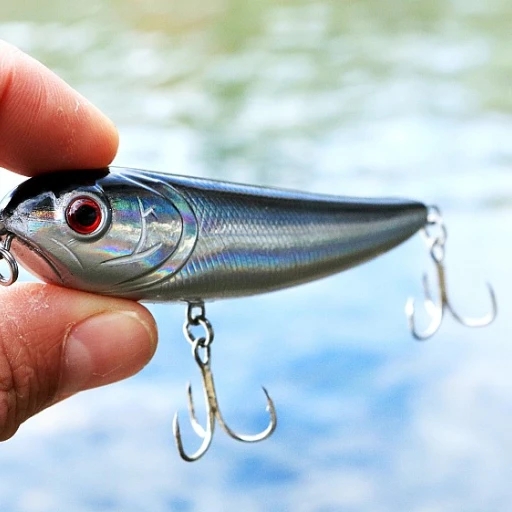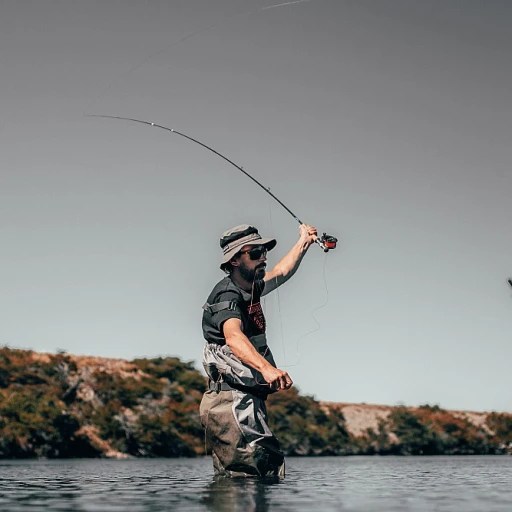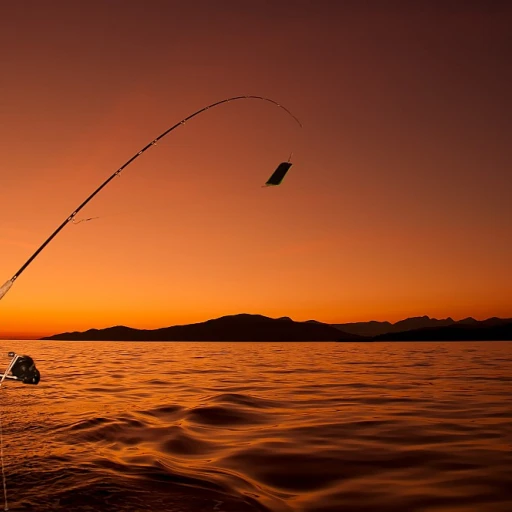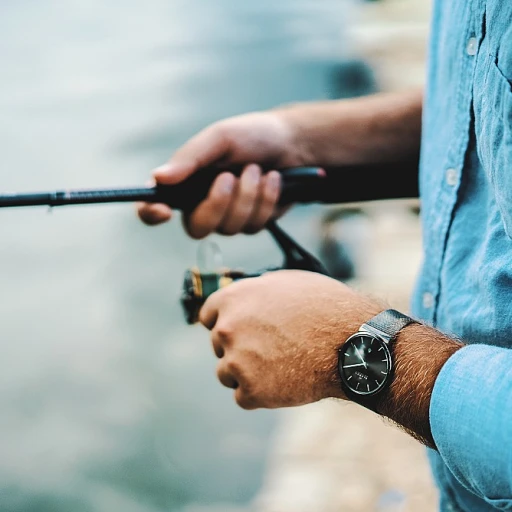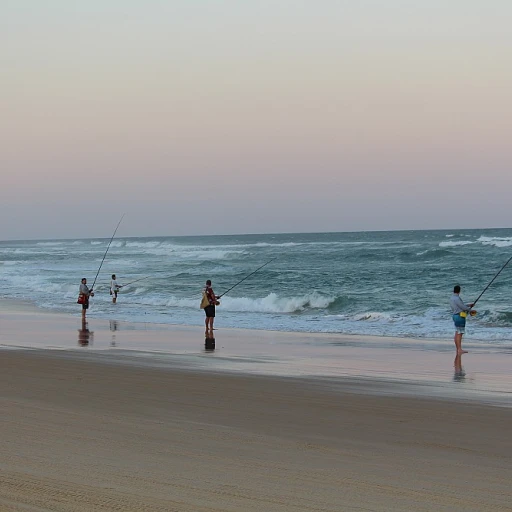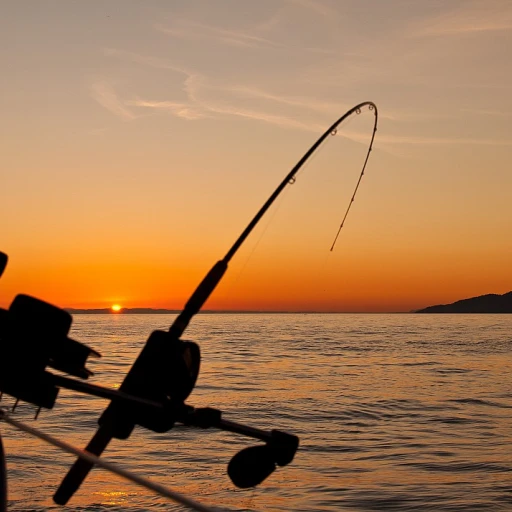
Understanding the Role of Dock Cleats
The Importance of Choosing the Right Type
Dock cleats are an essential accessory for any boat dock, ensuring the secure mooring of your boat. Choosing the right type of cleat can significantly enhance the safety and functionality of your docking area. Cleats come in various forms, including open base, folding dock, and marine grade options. Each type serves a unique purpose in different docking scenarios.
Open base cleats, often made of stainless steel or aluminum, offer robust support for larger vessels and are ideal for permanent installations. On the other hand, folding dock cleats provide a sleek profile, reducing tripping hazards while still offering reliable mooring capabilities.
The choice of material also plays a crucial role in performance. Marine grade stainless steel and aluminum are preferred due to their resistance to corrosion and long-lasting durability, making them suitable for harsh marine environments. When considering dock accessories, be sure to explore the various styles and materials that best suit your needs to ensure the safe anchoring of your boats.
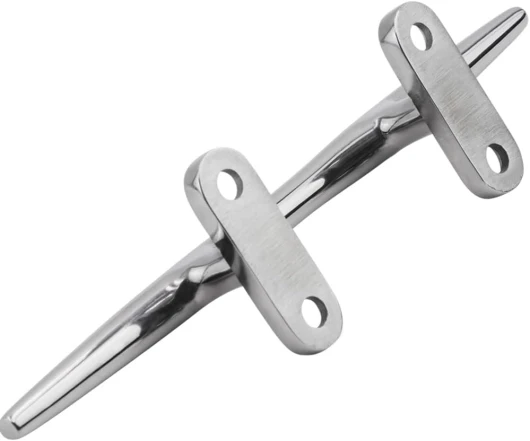
- + Made of 316 stainless steel for durability
- + Open base design for easy installation
- + Suitable for marine use and décor
- + Includes fasteners for secure attachment
- + Available in multiple sizes (4, 5, 6, 8, 10 inch)
Choosing the Right Dock Cleat for Your Needs
Finding the Ideal Solution for Your Dock Needs
Selecting the right dock cleats is crucial for ensuring safety and efficiency while mooring your boats. When choosing cleats, consider factors like material, style, size, and price to match your specific requirements. Here's a closer look at some aspects to keep in mind:
- Material: The most common materials are aluminum and stainless steel. Stainless steel cleats are known for their corrosion resistance, making them ideal for marine environments. Meanwhile, aluminum offers a lighter option without sacrificing strength. Consider the marine grade and local environmental conditions when making your selection.
- Size: The size of the cleat, often measured in inches, should correspond to the size and weight of your boat. It's essential to choose a cleat that can handle the strain and ensure secure mooring. Popular sizes range from 4 to 12 inches, accommodating various boat sizes.
- Mounting Options: Cleats are available in several styles, such as open base and folding dock varieties. Consider the mounting holes and base style that fit your dock's design and offer the convenience you need.
- Price and Brand: Prices can vary depending on material, size, and brand. Reputable brands like Hewitt provide reliable cleat options known for durability and performance. Always balance cost with quality to ensure long-lasting dock accessories.
For a deeper insight into choosing the best tackle storage solutions that complement your dock setup, check out this battle of tackle storage solutions analysis.
Installation Tips for Dock Cleats
Installing Your Dock Cleats for Maximum Efficiency
When it comes to installing your dock cleats, it's essential to pay attention to detail to ensure safety and functionality. Proper installation not only maximizes the capability of your cleats but also enhances their longevity, making them a reliable accessory for your mooring needs.- Placement Consideration:
- Type of Cleat and Surface:
- Mounting Holes and Fastening:
- Size and Load Capacity:
- Checking Regulations and Safety:
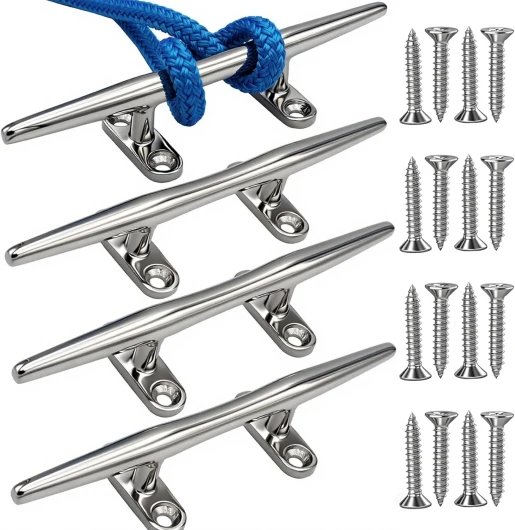
- + Durable 316 stainless steel construction
- + Open base design for easy installation
- + Available in various sizes: 8/10/12/15 inch
- + Includes fasteners for quick setup
- + Suitable for boats, decks, and nautical decor
Materials and Durability of Dock Cleats
Materials that Last in the Marine Environment
When selecting a dock cleat, it's crucial to consider the materials used in its construction, as these directly impact durability and longevity. In the demanding marine environment, only certain materials can withstand the harsh conditions that boats and marine products often face.
Stainless Steel is a popular choice due to its excellent resistance to rust and corrosion, making it ideal for saltwater settings. Stainless steel boat cleats provide both strength and an attractive finish that can complement the style of marine accessories, such as boat lifts or mooring equipment.
Another widely used material is Aluminum. While lighter than steel, aluminum offers good corrosion resistance and is a more budget-friendly option without compromising on reliability. Aluminum cleats are often found in open base designs, offering versatility across various applications.
Considering the price and intended use case, some may opt for cleats made from high-grade composites. These are designed to mimic the robustness of their metal counterparts while providing additional resilience against wear and environmental factors.
The Importance of Durability in Dock Products
The durability of your dock cleat is not only about the material used but also how it's manufactured and treated. Marine-grade stainless steel ensures that the product can endure the test of time, retaining its functionality and aesthetic appeal. When paired with proper care, these cleats help maintain the integrity of your docking system, especially when called upon for heavy-duty tasks such as securely mooring boats or supporting boat lift systems.
Similarly, choosing products with a superior finish, such as a powder-coated aluminum cleat, adds an extra layer of protection against the elements, prolonging the life and performance of your dock accessories.
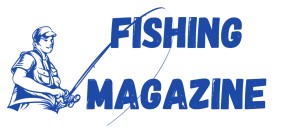

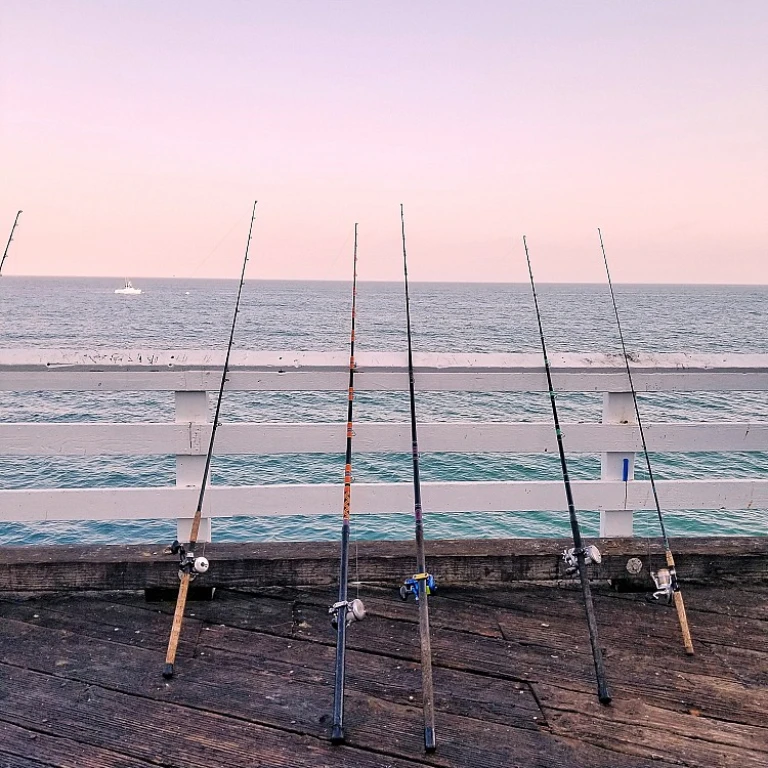
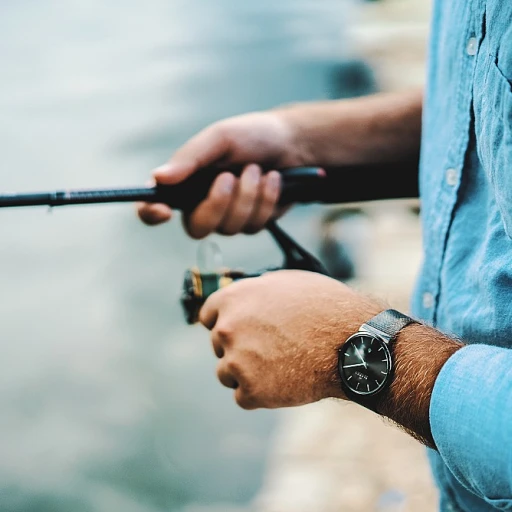
-large-teaser.webp)
